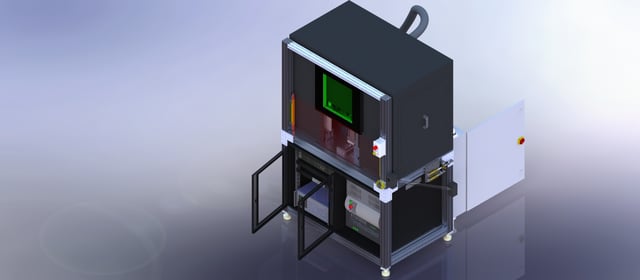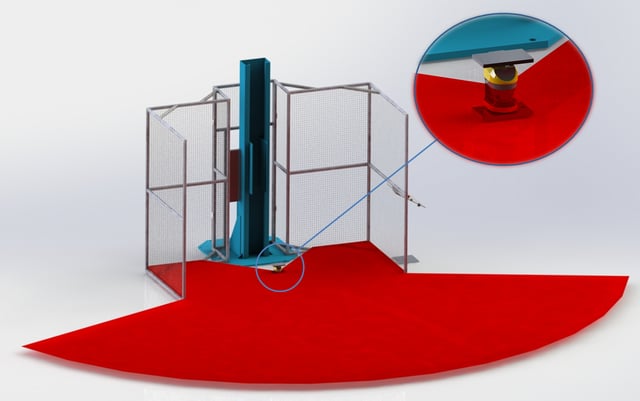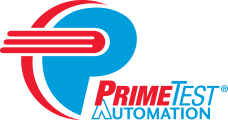With any automated or semi-automated mechanical system, it is important to keep your operators out of harm’s way. While physical barriers are a traditional safety solution, these barriers are often large and inconvenient for operators, especially if the operator needs to frequently interact with the machine. Thus, presence detection devices including safety mats, light curtains, and laser area scanners, are commonly used on the factory floor. Let’s examine the pros and cons of each of these presence detection devices.
Determining the Best Presence Detection Device for Your System
As machines began to include more moving parts for automation, the number of potential operator hazards increased. To help keep operators safe, it became crucial for machine builders to implement automated safety features into their machines. In the 1950s, safety mats were introduced. These mats, which are still used today, are a relatively simple open switch system. When a specified weight is applied to the mat, the switch is closed and the machine shuts down. While safety mats are a low-cost solution, they require operators to get rather close to the machine before the trigger is set off. Additionally, they are prone to wearing out since they must be physically contacted to work, thus causing false safety trips.
As a solution for the physical wear-and-tear safety mats endure, safety light curtains were introduced. Safety light curtains are optoelectronic devices that create a curtain of parallel light beams around a protected zone. When an object interrupts one of the protected fields, the machine stops. Light curtains must be designed into the system, which means design and fabrication costs are typically higher, and they are not easily configurable.

Figure 1. A depiction of a machine protected by a light curtain.
One of the newest advances in presence detection devices is the laser area scanner. These safety devices include an optical sensor placed at an operator entry point and software-configurable safety zones. When using an area scanner, multiple safety zones can be configured, including a warning zone. When an operator steps into the warning zone, the system can elicit an audible alert, which can help prevent unnecessary shut downs of the machine.

Figure 2. A depiction of an automated system using an area scanner with a warning zone and two safety zones around the identified safety distance for the machine.
In general, laser area scanners offer a lot of flexibility, are easily configurable, are less expensive to implement then light curtains, and create a more user-friendly workspace. However, since the safety area of a laser area scanner isn’t visible, the required safety distance from the robot/hazard is typically bigger, which increases the footprint of the system. Additionally, the number of nuisance trips, or false alarms, typically increases since the safety field cannot be seen. There are also limitations to the mounting orientation of an area scanner, such as when reflective surfaces are used or when there is a large number of obstacles present in the target area.
By providing better protection and offering more flexibility, laser area scanners have become the presence detection component of choice for PrimeTest Automation for systems that have open floor space with the ability to have a larger machine footprint and limited obstacles in the work area.

For information on how PrimeTest can help build your next system, visit our core competencies page.



 PrimeTest Automation will consistently provide products and services utilizing the latest technologies that meet or exceed the requirements and expectations of our customers. We will actively pursue improvements in quality through programs that benefit the growth of each employee and systems that promote efficiency throughout our organization.
PrimeTest Automation will consistently provide products and services utilizing the latest technologies that meet or exceed the requirements and expectations of our customers. We will actively pursue improvements in quality through programs that benefit the growth of each employee and systems that promote efficiency throughout our organization.